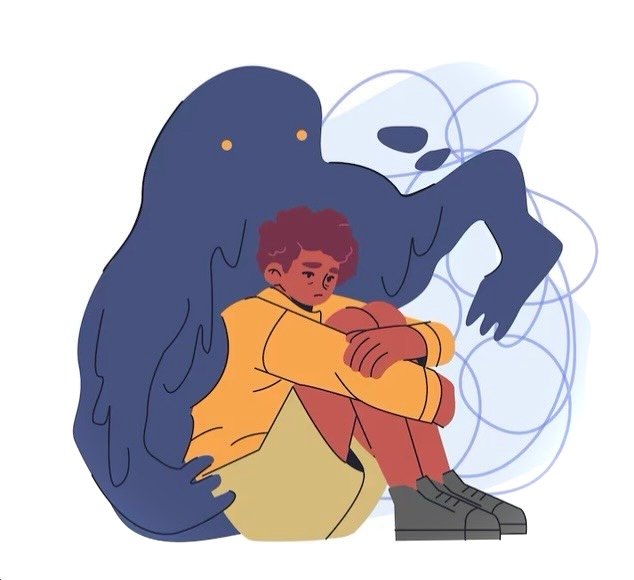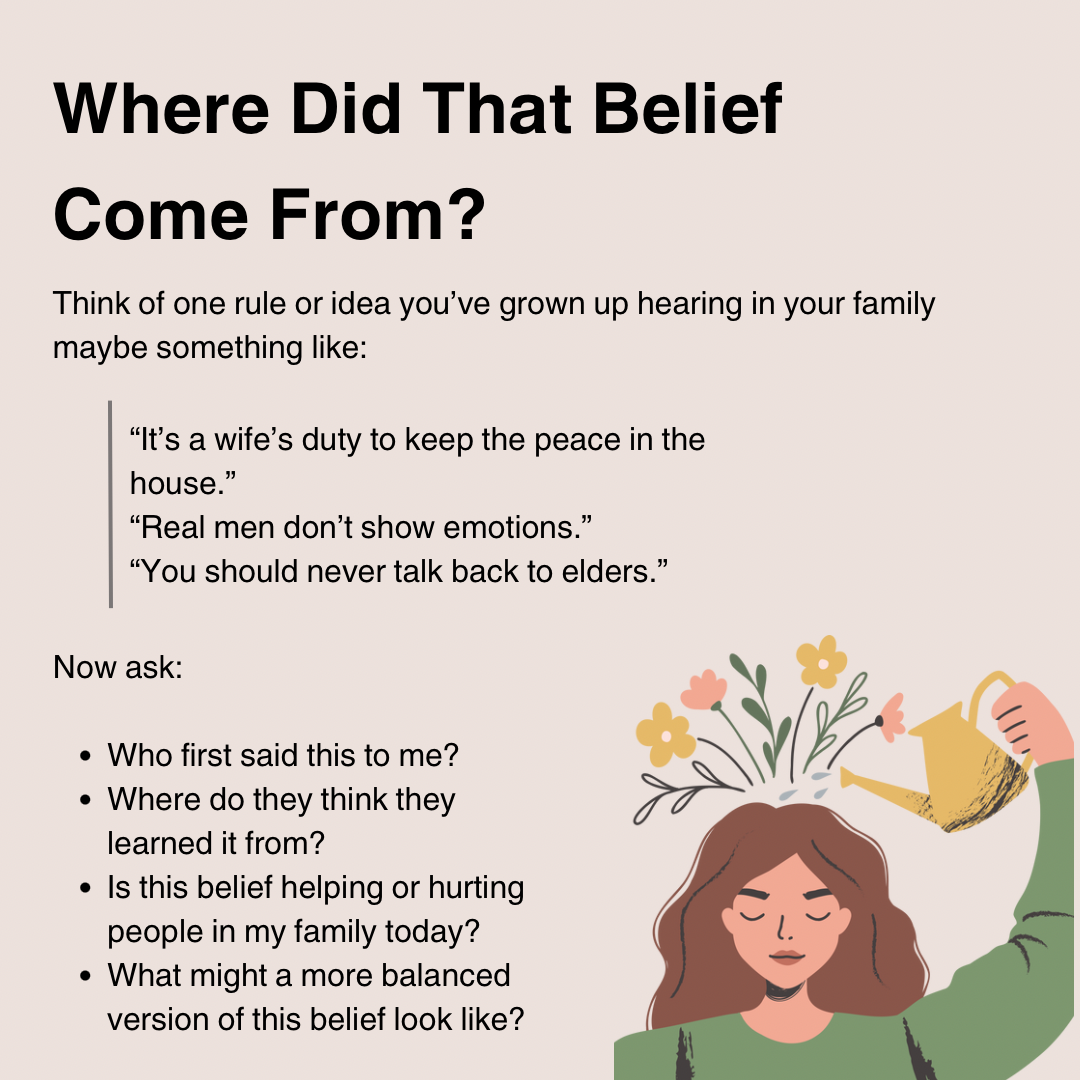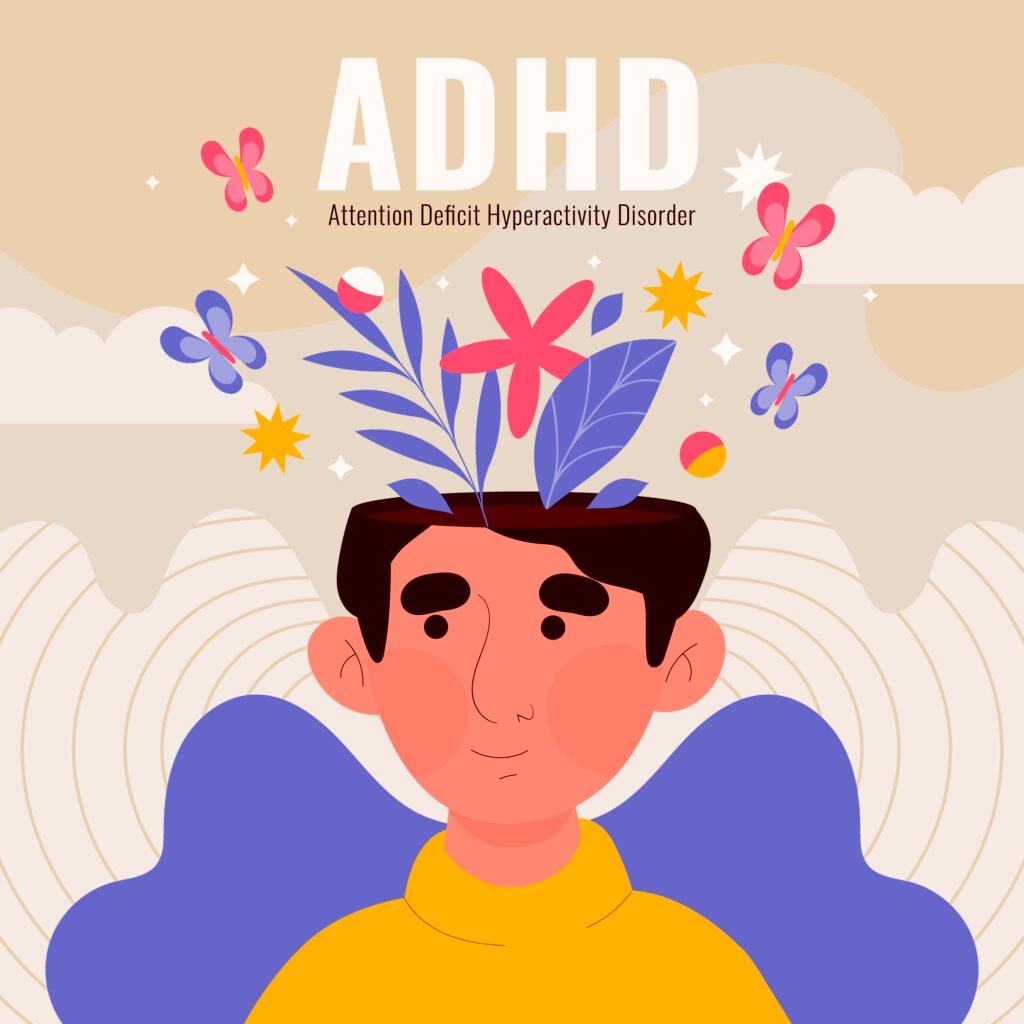Introduction Labeling behaviors rooted in power and patriarchy as “narcissistic abuse” requires careful consideration. While there are overlapping characteristics, it’s essential to distinguish between culturally ingrained patriarchal practices and clinically defined narcissistic abuse. With the term “narcissism” is becoming increasingly popular on social media and in everyday conversation, it’s important we use it accurately, especially …
Introduction

Labeling behaviors rooted in power and patriarchy as “narcissistic abuse” requires careful consideration. While there are overlapping characteristics, it’s essential to distinguish between culturally ingrained patriarchal practices and clinically defined narcissistic abuse.
With the term “narcissism” is becoming increasingly popular on social media and in everyday conversation, it’s important we use it accurately, especially when dealing with real-life trauma and abuse. Here’s a breakdown of what to consider before labelling behaviour.
What’s the Difference, Really?

So while both may feel controlling or unfair, one is about individual traits, and the other is about the way society has taught people to behave, especially across generations.
Why It Matters in Indian Families

In many Indian households, the line between personal behavior and cultural conditioning can get blurry.
Take this example: An older family member controls every major decision in the house, what should be studied, who should be spoken to, how time should be spent, even how emotions should be expressed. A son may be told not to “act weak” if he’s upset. A daughter may be expected to give up career goals because “family comes first.” Questioning these rules is seen as disrespectful, and silence is rewarded as “obedience.”
At first, this might look like one person exerting toxic control. But often, the behaviour comes from beliefs that have been passed down over generations, that elders know best, that younger people should not question authority, and that emotional needs are less important than maintaining family order.
That doesn’t mean the impact is any less harmful. But it helps us understand that some of this control is rooted in cultural patterns, not just individual personalities. And unless we name those patterns, they quietly continue affecting everyone in the family, not just one person.
Why It’s Important to Distinguish the Two
If we mistake patriarchal conditioning for narcissistic abuse, we might:
- Try to “fix” someone instead of questioning the environment
- Miss how many people are affected by the same patterns
- Feel like the problem is ours alone, instead of something bigger
Understanding the difference helps us respond better, not just for ourselves but for others going through something similar.
To effectively tackle abuse in Indian households, we need layered solutions:
📚 Education & Awareness
- Launch community-led workshops on gender roles
- Encourage critical conversations in schools and families
⚖️ Legal Reforms
- Strengthen enforcement of domestic violence laws
- Educate law enforcement about subtle abuse patterns
💬 Support Services
- Offer affordable, culturally-informed therapy
- Expand access to legal aid, shelters, and helplines
Try This Activity:

Write down your thoughts or talk about them with a friend or therapist. Just questioning these ideas can be a powerful first step.
If the activity made you pause or reflect, consider sharing it with a friend or family member. Sometimes, just starting a conversation can be the first step toward breaking old patterns.
You never know who might be quietly questioning the same things. Healing doesn’t always have to be a solo journey, invite someone you trust to explore it with you.
Final Thoughts
Not all controlling behavior is narcissism. Sometimes, it’s centuries of unspoken rules that get passed down without question.
If we start untangling these ideas, gently and honestly, we can begin to see where change is needed. Not just in one person, but in the whole system we’re part of.
Credits : Therapist Namrata







